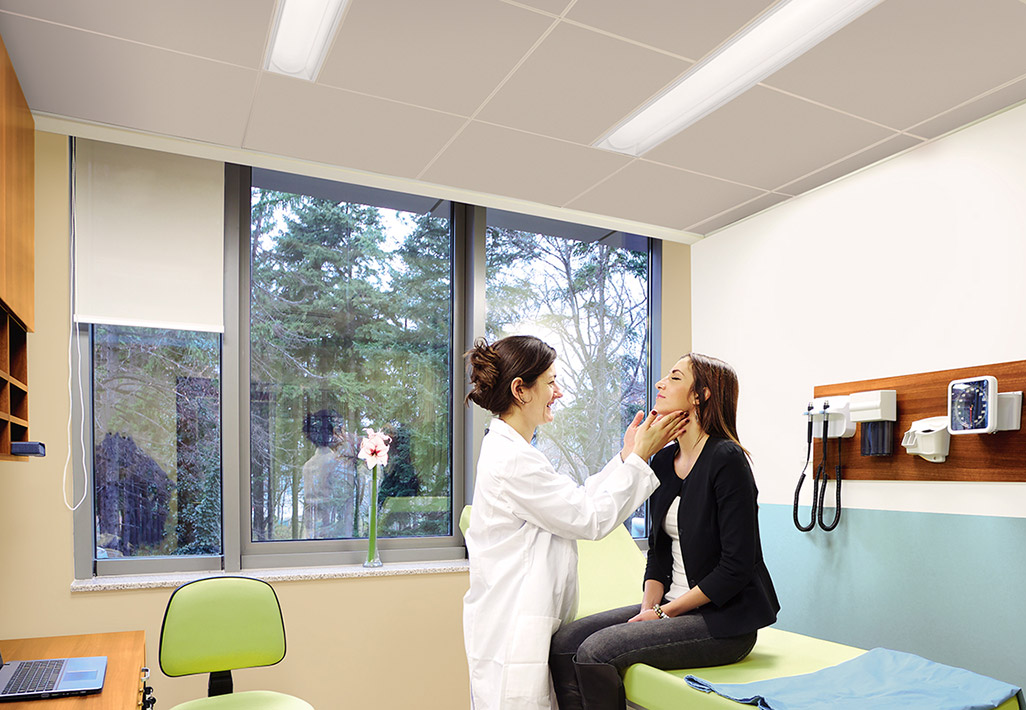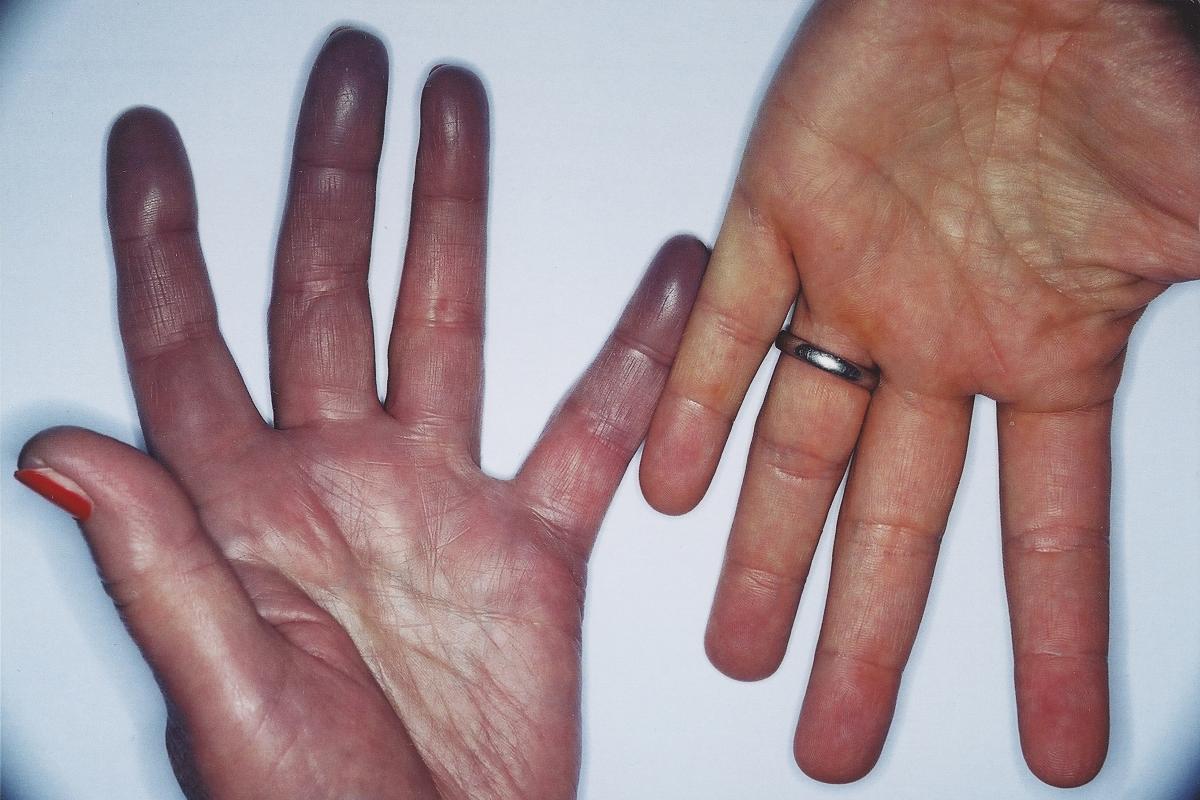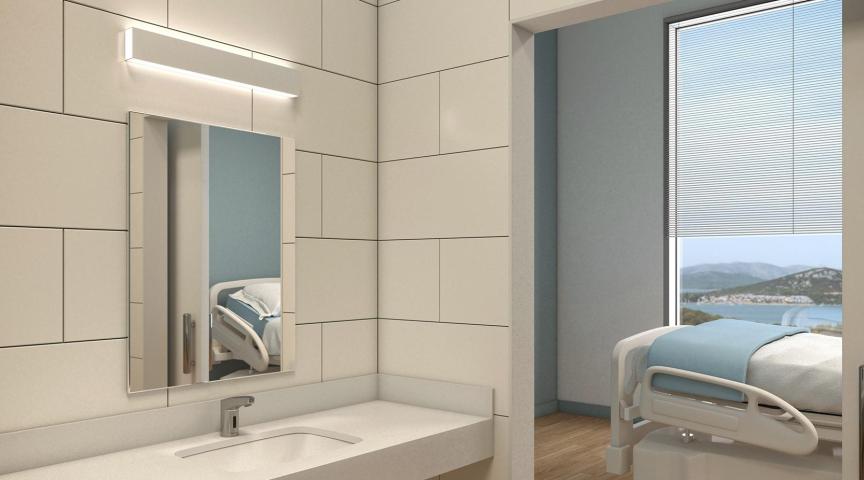Assessing the suitability of a light source in healthcare environments using the Cyanosis Observation Index (COI)
 The use of the Cyanosis Observation Index (COI) is somewhat novel in North America. It is prevalent in Australia and New Zealand, where the interior lighting standard that defines the parameters of application of the COI for hospitals and medical facilities dates back to 1997, with the current version released in 2018 (AS/NZS 1680.2.5:2018 – Australian/New Zealand Standard™ - Interior and workplace lighting Part 2.5: Hospitals and medical tasks).
The use of the Cyanosis Observation Index (COI) is somewhat novel in North America. It is prevalent in Australia and New Zealand, where the interior lighting standard that defines the parameters of application of the COI for hospitals and medical facilities dates back to 1997, with the current version released in 2018 (AS/NZS 1680.2.5:2018 – Australian/New Zealand Standard™ - Interior and workplace lighting Part 2.5: Hospitals and medical tasks).
In a publication dating back to February 2011, Technical Guidance Document: LED Surgical Task Lighting, the US Department of Energy cited that “The Cyanosis Observation Index (COI), used in Australia to ensure spectral content near 660 nm is neither excessive nor inadequate for the detection of cyanosis, may also merit consideration.” It also provided the following recommendation: “Surgical staff may wish to perform field investigations to determine whether COI or CQS offer any advantages over the CRI and R9 metrics.”
While COI has yet to enter the conversation about healthcare lighting in a meaningful way in North America, architecture and design firms are becoming increasingly interested in the topic and in specifying light sources that meet the required parameters in areas of medical facilities where cyanosis observation is critical.
Below is a simple guide to better understanding COI and how to specify it.
What is cyanosis?

Cyanosis is the medical term for a bluish color of the skin and the mucous membranes due to an insufficient level of oxygen in the blood. It is most often observed on the fingertips, fingernails or feet in the case of peripheral cyanosis, and on the lips and tongue in the case of central cyanosis. It can be an indicator of serious conditions such as compromised lung or heart function, resulting in lower oxygen levels in the blood. Medical personnel are trained to look for cyanosis. Their ability to detect it can be critical for the well-being of patients.
What is the Cyanosis Observation Index (COI) and how is it calculated?
As cyanosis is a visual cue of an underlying medical condition, a light quality which permits accurate observation of “normal” and “blueish” skin tones is essential to the medical staff. The COI of a light source has been established as the parameter that determines its suitability for visual detection of cyanosis.
Light sources with a COI of 3.3 or less, a Correlated Color Temperature (CCT) between 3300K and 5300K and a Color Rendering Index (CRI) equal to or greater than 80 are prescribed in the AS/NZS 1680.2.5:2018 standard in use in Australia and New Zealand (Section 7 Light Source Colour).
The COI of a light source can be calculated using its Spectral Power Distribution (SPD) data and an Excel calculator which can be found here. A simple input of SPD data for 380nm to 760nm in 5nm increments will return the Cyanosis Observation Index for the light source.
Light sources with a COI of 3.3 or less, the lower the better, are deemed to provide a light quality that procures visual conditions appropriate to the detection of cyanosis.
How do you specify luminaires that meet the requirements of COI in healthcare settings?
 As part of the design development phase of a project, specifiers should discuss with healthcare clients those areas of a facility where cyanosis observation will be critical and specify the proper lighting for those zones.
As part of the design development phase of a project, specifiers should discuss with healthcare clients those areas of a facility where cyanosis observation will be critical and specify the proper lighting for those zones.
As the design team looks to ascertain if a light source meets the requirements of the AS/NZS 1680.2.5:2018 Standard, the SPD data of the light source can be input in the calculator.
To ease the specification of our luminaires in healthcare facilities, Focal Point has calculated the COI of a large portion of our portfolio and has included this information on the cut sheets of several architectural troffers, linear luminaires, downlights, cylinders, and pendants. Look for a note in the LED System section on the back of our cut sheets stating: “3500K and 4000K with CRI>90 have a cyanosis observation index (COI) of 3.3 or less.” Selecting a CCT of 3500K or 4000K and a CRI>90, offered as standard for those products, will ensure that the light source can effectively support visual detection of cyanosis.
Spectral Power Distribution (SPD) data for those luminaires can also be obtained upon request by those who would like to run the COI calculations and possibly include them in their specification documents. Simply contact your Focal Point Agent or Project Manager.












